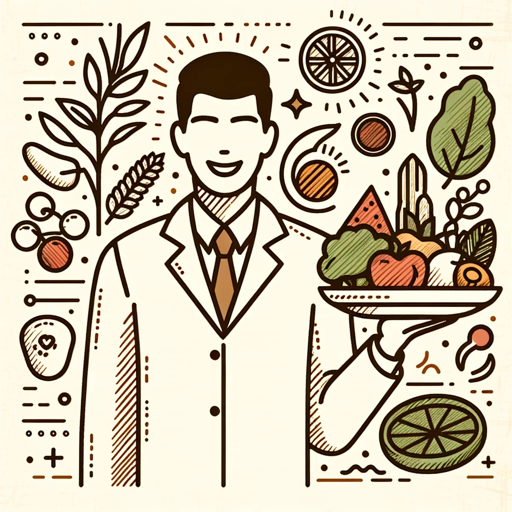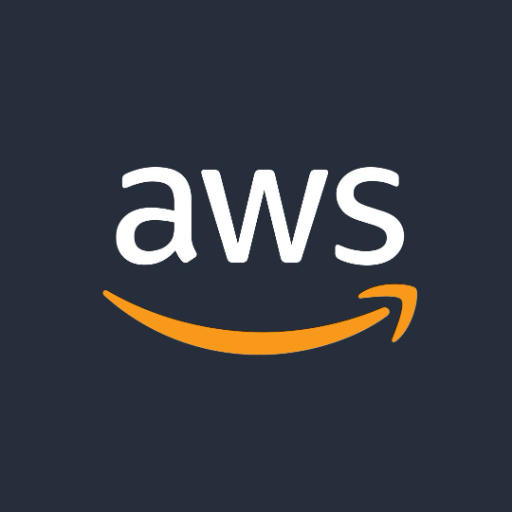Food Cost Oracle-AI-driven food cost optimization.
Optimize Food Costs with AI Precision.
How can I improve the profitability of my menu items?
Analyze the food cost percentage of my restaurant.
Offer advice on reducing waste in the kitchen.
What are effective strategies for menu pricing?
Related Tools
Load More
Macro Counter
I'm Macro Counter, I track your calories with a single picture, with a Ronnie Coleman vibe.

H2O Score: Nutrition, Health & Sustainability
Snap a photo or Ask a Question!. Get nutrition, health, %organic, climate and sustainability scores for your products!.

Profit Estimation Genius
Briefly describe the Product/Service/Business/Company and I will estimate it's Pre-Taxes Profit Margin in %, Niche Rarity and Monthly Income... ;)

🍽️Calorie-GPT
Upload a 📸 of your meal!

Fitness Chef Recipes - (Average Cost Included)
Your Ultimate Fitness & Nutrition Ally: Tailored Recipes For Any Goal

Meal Mentor
Upload meal photos for nutritional analysis and cute companions
20.0 / 5 (200 votes)
Introduction to Food Cost Oracle
Food Cost Oracle is a specialized AI designed to assist hospitality professionals in managing and optimizing food and beverage (F&B) costs. The Oracle integrates insights from various documents and data, analyzing key factors like sales mix, compliance with product specifications, seasonal purchasing, market competition, and sales ratios between different types of offerings such as catering and beverages. It offers strategic advice on cost management, aiming to help businesses reduce costs while maintaining quality. For example, if a restaurant's beer sales are low relative to total beverage sales, the Oracle might suggest strategies to increase draft beer sales or alternative purchasing options to avoid higher distributor price brackets. Similarly, it could advise on purchasing products in season to capitalize on lower costs, as opposed to out-of-season buying which would increase expenses.

Main Functions of Food Cost Oracle
Cost Impact Analysis
Example
If catering sales fall below 75% of total food sales, the Oracle might identify this as a risk factor for higher food costs, suggesting adjustments to the catering menu to better balance the sales ratio.
Scenario
A catering company notices an unexpected increase in their food costs. By using the Oracle's cost impact analysis function, they realize that low lunch and dinner sales compared to coffee breaks are driving up costs. The Oracle suggests restructuring the catering offerings to increase high-margin item sales, thereby improving overall cost efficiency.
Menu Engineering
Example
The Oracle can help optimize menu pricing by balancing items with different food cost percentages (FC%). High-selling items might have a lower FC%, while less popular dishes could have a more aggressive FC%.
Scenario
A restaurant struggles with maintaining profitability despite steady sales. The Oracle's menu engineering function identifies that popular items are priced too high relative to their costs, leading to lost opportunities. The restaurant adjusts pricing and highlights more profitable dishes, improving overall margins.
Purchasing Optimization
Example
The Oracle advises purchasing high-volume items during 'post-off' periods when prices are lower, ensuring better cost management without compromising on product quality.
Scenario
A hotel purchasing manager uses the Oracle to track the best times to buy bulk products. The Oracle suggests purchasing wine during promotional periods to take advantage of lower prices, significantly reducing the beverage costs for upcoming events.
Ideal Users of Food Cost Oracle
Restaurant Managers and Chefs
These professionals benefit from the Oracle's detailed cost management strategies, helping them to keep food costs in line with budget expectations, optimize menu pricing, and maintain profitability. The Oracle's insights can assist in making informed purchasing decisions, reducing waste, and maximizing the use of seasonal products.
Catering Companies and Event Planners
Catering companies and event planners can use the Oracle to manage the complex dynamics of large-scale food production, ensuring that catering menus are cost-effective and competitively priced. By analyzing sales mix and cost impacts, they can tailor their offerings to reduce costs while meeting client expectations.

How to Use Food Cost Oracle
Visit aichatonline.org for a free trial without login, also no need for ChatGPT Plus.
Start by navigating to the official website to access the Food Cost Oracle tool without needing any logins or subscriptions.
Prepare your food cost data.
Gather all necessary data such as sales mix, product specifications, purchase records, and any relevant cost breakdowns for accurate analysis.
Input data into the tool.
Enter your food cost details directly into the system. Make sure the data is up-to-date and accurate to get the best recommendations.
Review cost impact analysis.
Analyze the results provided by the Oracle, focusing on key areas like sales ratios, seasonal pricing, and compliance with specifications.
Implement optimization strategies.
Based on the insights, take actionable steps such as adjusting purchasing strategies, renegotiating supplier terms, or revising menu pricing.
Try other advanced and practical GPTs
Funnel Architect
Craft and optimize your funnels with AI
Xpath Builder
AI-powered tool for precise XPath generation

World Builder
AI-powered tool for detailed world creation.

AWS Cloud Architect & developer
AI-powered AWS architecture and development.

Alba's Academic Advisor
AI-powered support for business students

Portrait Scribe 3.5 Pro
AI-powered portrait sketching and prompt creation.

ADHD Coach
AI-powered ADHD guidance for better focus

Business Ethics Tutor
AI-powered insights for business ethics.

Schedule Creator
AI-powered tool for perfect schedules

Kotlin GPT
AI-Powered Kotlin Programming Assistance

WebDriverIO JS Execution Expert
AI-powered WebDriverIO JS Execution Expert

OH, THE HORROR by NMA
AI-powered horror visuals, instantly generated

- Compliance Check
- Cost Analysis
- Menu Pricing
- Catering Events
- Seasonal Buying
Food Cost Oracle Q&A
What is Food Cost Oracle designed to do?
Food Cost Oracle is a specialized tool that helps restaurants and food service businesses optimize their food and beverage costs by analyzing sales mix, compliance, seasonal pricing, and market competition.
How can Food Cost Oracle help reduce costs?
It identifies key areas where costs can be decreased, such as high-volume purchasing, in-season buying, and compliance with product specifications. It also provides strategies for maximizing profit margins.
What data do I need to use Food Cost Oracle?
You will need detailed data on your sales mix, product specifications, purchase volumes, seasonal pricing, and any existing market competition. Accurate and up-to-date data is crucial for effective analysis.
Can Food Cost Oracle help with menu pricing?
Yes, it can analyze your menu items and suggest pricing adjustments based on cost impacts, ensuring that your menu is both competitive and profitable.
Is Food Cost Oracle suitable for catering businesses?
Absolutely. It provides specific insights into catering cost structures, helping you manage and optimize costs for different types of events, from large dinners to smaller coffee breaks.